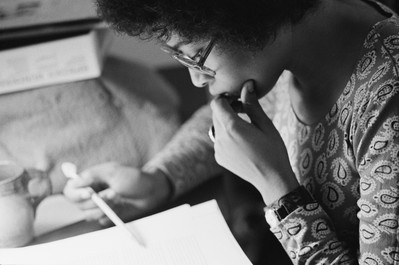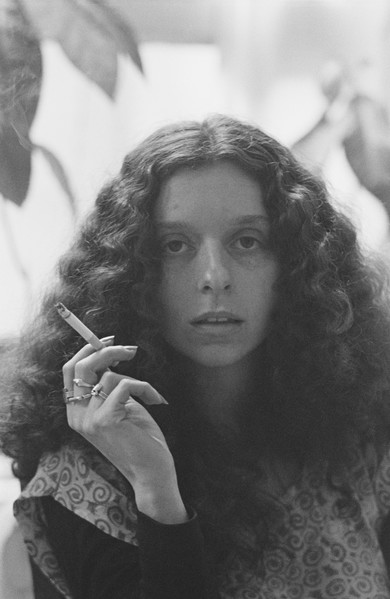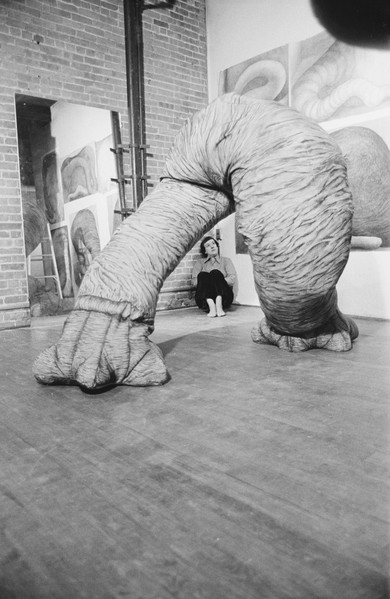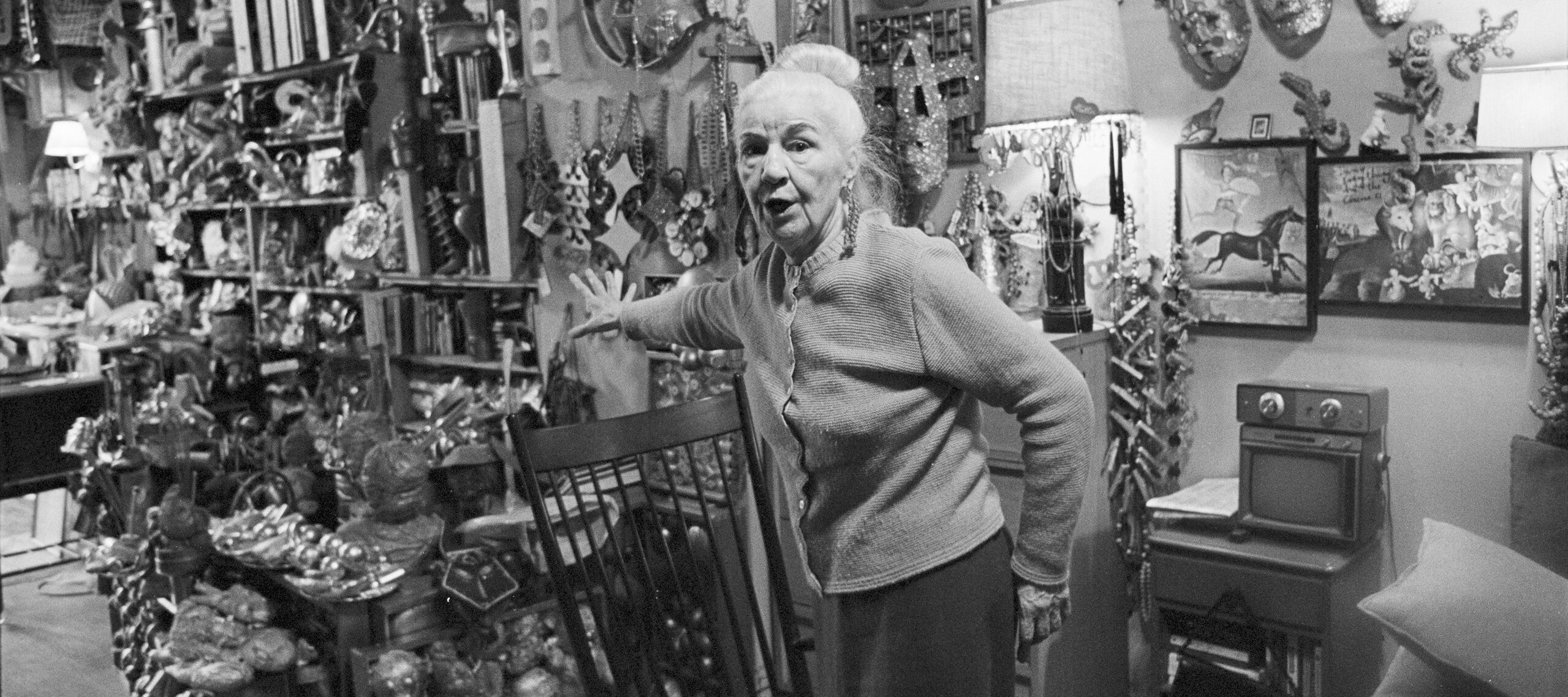During the 1970s Feminist Art Movement, Judy Chicago’s The Dinner Party and art historian Linda Nochlin’s groundbreaking essay “Why Have There Been No Great Women Artists?” celebrated great women in history and brought to light the institutional challenges that prevent women artists from succeeding professionally. In the midst of this, photographer Susan Katz (b. 1947) began work on a photobook project titled The Woman I Am, documenting 18 women’s experiences as professional artists.

Katz is an American photographer from Brooklyn, who in the early 1970s became involved with the Women’s Liberation Movement, anti-racist activism, and the New York art scene. The Woman I Am reflects her passion for activism and art. Unfortunately, Katz’s book was never published. Katz gifted the full model of her project, as well as her negatives, slides, contact sheets, photographic prints, and notes, to NMWA’s Archives of Women Artists at the Betty Boyd Dettre Library & Research Center.

The project sprang from Katz’s quest to discover how to fully center art in her own life as a personal and professional commitment. From 1974 to 1976, she photographed and interviewed well-established women artists, dancers, musicians, and writers in their New York City studios. Each artist is represented by several photographs and a short personal essay facilitated by Katz and writer Leslie J. Freeman, based on interviews with the artists.
Katz sought to portray each artist’s “self-doubts, conflicts, excitement, frustration, and the decisions she made to commit herself further.” Katz captured the determination of her subjects in her photographs, as seen in artist Barbara Kruger’s unwavering gaze or in the total concentration of writer Alice Walker while working.
Katz wished to explore how each artist felt their gender impacted their art. Writer Alice Walker, for example, spoke with Katz about the new opportunities open to women of her generation. “What we’ve decided is we want everything,” she said, including the chance to work as an artist professionally and have children.

Artist Gillian Bradshaw-Smith spoke with Katz about how her chosen medium was sometimes perceived by critics from gendered perspectives. Bradshaw-Smith creates sculpture out of fabric and stuffing, and she expressed her frustration with those who looked at her sculpture as simply a woman’s craft instead of engaging with it as art. She said, “Sewing can be thought of as a put-down. It makes me angry when I hear, “That’s what women do, they can sew.”
What Katz experienced during the course of her work on The Woman I Am project may be best summarized in the personal essay of photographer Eva Rubenstein. When photographing someone, she said, “You can’t help but get involved with that person, at an emotional level.”
